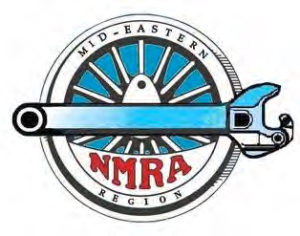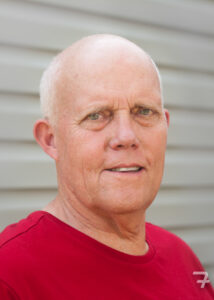Minutes submitted by Clerk Harvey Heyser
Division members met remotely on the internet using the Zoom platform. 10 or 12 were present. The Superintendent convened the meeting prior to the published start time to allow for any attendees having trouble with the Zoom connection time to try logging in multiple times. After some socializing, Superintendent Jerry Skeim called the business meeting to order shortly after the 2 pm start time.
20.11-1 Paymaster’s Report: Paymaster Ray Price was not present to report. [Shortly after the meeting, Paymaster Price reported to the Officers that the Division has $3808.09 in its bank account, the same amount as in last month’s report.]
20.11-2 Clerk’s Report (Meeting Minutes): The attendees dispensed with the reading/summary of the minutes (previously distributed by e-mail). Alex Polimeni made the following motion (second by Bill Wilson):
Motion: That the draft Minutes for the October 2020 meeting be approved as submitted. The motion passed unanimously.
Old Business:
20.10-4 2021 Mini-Con: The Superintendent reminded attendees that Chair Pete Clarke (not present) had indicated his unwillingness to schedule an event for Spring 2021 because of uncertainty about the pandemic situation. Attendees were reminded of Chair Clarke’s hope that the Mini-Con will remain a face-to-face event with numerous opportunities for informal interaction (rather than a virtual event). The Superintendent urged the Division to double down on remote interactions for the time being and on the SMD’s virtual presence (web site, blog, Facebook, etc.).
20.10-7 Virtual Raffle: Paymaster Price has volunteered to handle the financial aspects of the raffle including a PayPal account. The Division has little collective experience with on-line raffles. Bill Martz has some experience, which he will share with the Superintendent. Anyone else, who has such experience, should also contact the Superintendent. A tentative date of April 2021 was discussed (rather than Christmas/New Years 2020, which is too near). No decision was made.
20.10-8 Brochures: No report from Bob Johnson. [On 11-19-20, he reported he would be placing the brochure holders/brochures at Main Line hobbies, HobbyTown of Frederick, the museum in Frederick (if they are open), the hobby shop in Mt. Airy, and (possibly) the Train Room in Hagerstown. He may also consider the WM Historical Society location in Hagerstown. He needs a contact.]
New Business:
20.11-3 Wheel Report Deadline: For the Winter issue, the deadline is November 15, 2020. Editor Tom Fedor expressed interest in having photos of things members have been working on during the pandemic.
20.11-4 Regional Conventions: The next MER Convention will be in Hunt Valley, outside of Baltimore. There is a link to to convention web site on SMD’s web site. It is understood that the cancelled 2020 Carolina convention will be rescheduled for 2022.
20.11-5 SMD Blog: Members were encouraged to subscribe to the blog for e-mail alerts. Following questions about posters to the blog (unknown to attendees), Webmaster Fedor pointed out that posting is open to anyone. (The unknown poster turned out to be a member of an operating crew.) Currently, the blog features photos of Jay Beckham’s layout.
Adjournment: The Superintendent accepted a motion to adjourn. The next meeting will be held remotely in December (second Sunday at 2 p.m.). Members will be notified by e-mail.
Following the meeting, there was no clinic. Superintendent Skeim is planning for clinics following future meetings. Members were encouraged to volunteer to give clinics.


